1921 (Taisho 10) Friday, November 4 Prime Minister Hara Takashi was attacked and killed by Otsuka Station operator Nakaoka Konichi on the concourse at Marunouchi South Exit of Tokyo Station. He was 65 years old. Prime Minister Hara was heading to the ticket gate under the direction of station manager Yoshikazu Takahashi to catch a 7:30 PM train from Tokyo Station to attend the Seiyukai Kinki Convention in Kyoto the following day. Then, at 7:25 PM, Nakaoka suddenly rushed out of the crowd and thrust his short sword into Hara’s right chest. He died almost immediately.
Nakaoka was a day shift operator at Otsuka Station. The point change is the work to change the point of the track and guide the train to the track. Until now, the background and motive of Nakaoka have not been clarified, and a mystery remains. However, it is widely believed that one of the reasons is the engagement issue between Crown Prince Hirohito and Princess Yoshiko. Hara started receiving threatening letters around Kigensetsu on February 11 of the same year when the right-wing movement decided to continue the engagement. Takashi Hara wrote his will on February 20 in this situation.
Takashi Hara’s sudden death came as shocking news throughout Japan. He also led Japan’s foreign policy as an outstanding statesman and lost Hara, who would have moderated Japan’s policy in the future as an elder statesman, setting Japan on a dark path to war.
==================
Three possibilities were largely lost by Hara’s death. The first is the possibility of legislation that would allow a party cabinet to exercise sufficient control over the military and the Imperial Court.
The second is the possibility of party reform. Hara intended to reform the Seiyukai into one that was less corrupt and played a role in promoting public welfare. However, after the mid-1920s, when party politics developed, the two major parties, the Seiyukai Party and the Kenseikai Party (later the Minseito Party), exposed their power conflicts and denied the policies of the opposing party. Furthermore, he used his power to take bribes of money, and when he lost power, he was exposed. As a result, political parties spread the image of corruption among themselves. In this way, the legitimacy of the power of the party cabinet declined and it became one of the major causes for the rise of the military.
The third possibility is that Emperor Showa was able to obtain an appropriate advisor. Hara himself is said to have said to his wife Asa, “I don’t want to be a genro. That’s not gonna happen.”. However, judging from Hara’s character, there is no way that Saionji, who was the only Genro (elder statesman) after Yamagata and Matsukata died, could be left to his own devices for putting immature party politics on track. If Hara became Genro (elder statesman), Hara would have been the most mature and influential advisor to the politically inexperienced Emperor Showa, who ascended the throne at the age of 25 after the death of Emperor Taisho. In the early Showa period, Emperor Showa made a series of politically inappropriate actions, such as responding to the bombing of Zuolin ZHANG (1929), refusing to listen to the report to the throne concerning the London Naval Treaty (1930), and responding to the Japanese army’s arbitrary border crossing concerning the Manchurian Incident (1931). This was because the Genro (elder statesman) Saionji was old, his close aides in the Imperial Court were not as mature as Hara, and his advice to the Emperor was inappropriate. The price was so high that it incurred the mistrust of the military and failed to establish control over them.
These three events led to the expansion of the Manchurian Incident and the passage from the Sino-Japanese War to the Asia-Pacific War, in which the United States, Great Britain and other countries also made enemies. In the process, relations between Japan and the United States, which Hara valued, deteriorated considerably, especially after 1937. Hara’s funeral was the beginning of the road to sundown for the development of sound Japanese diplomacy and party politics.
ITO Yukio, “Shinjitsu no Hara Takashi” Kodansha Gendai Shinsho, pp. 2020,254 -256
==================
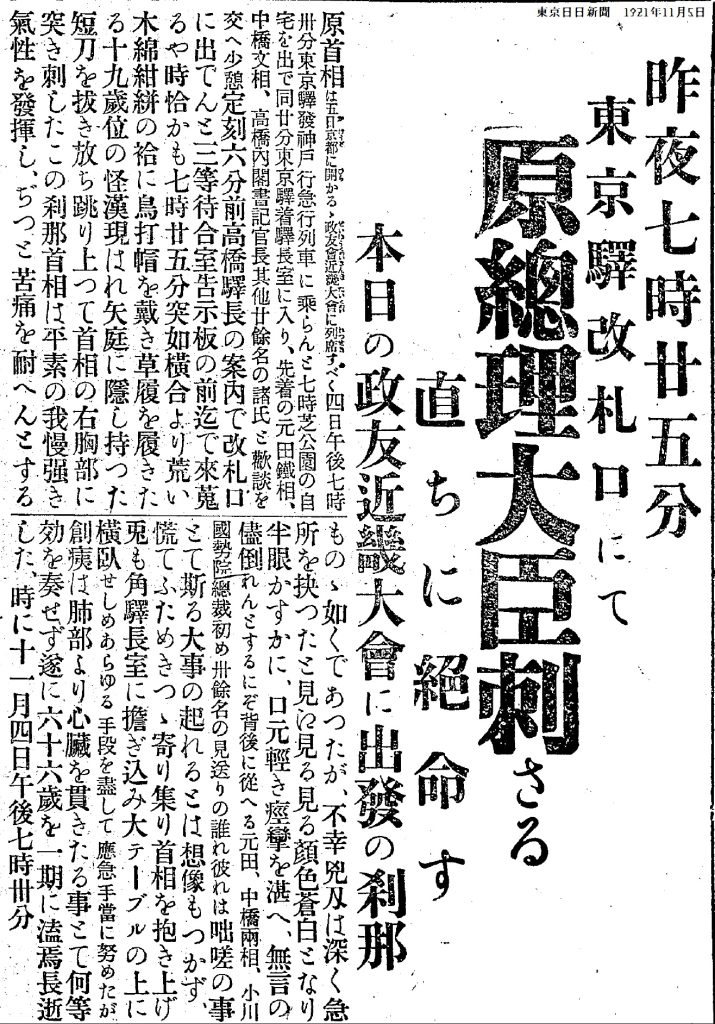
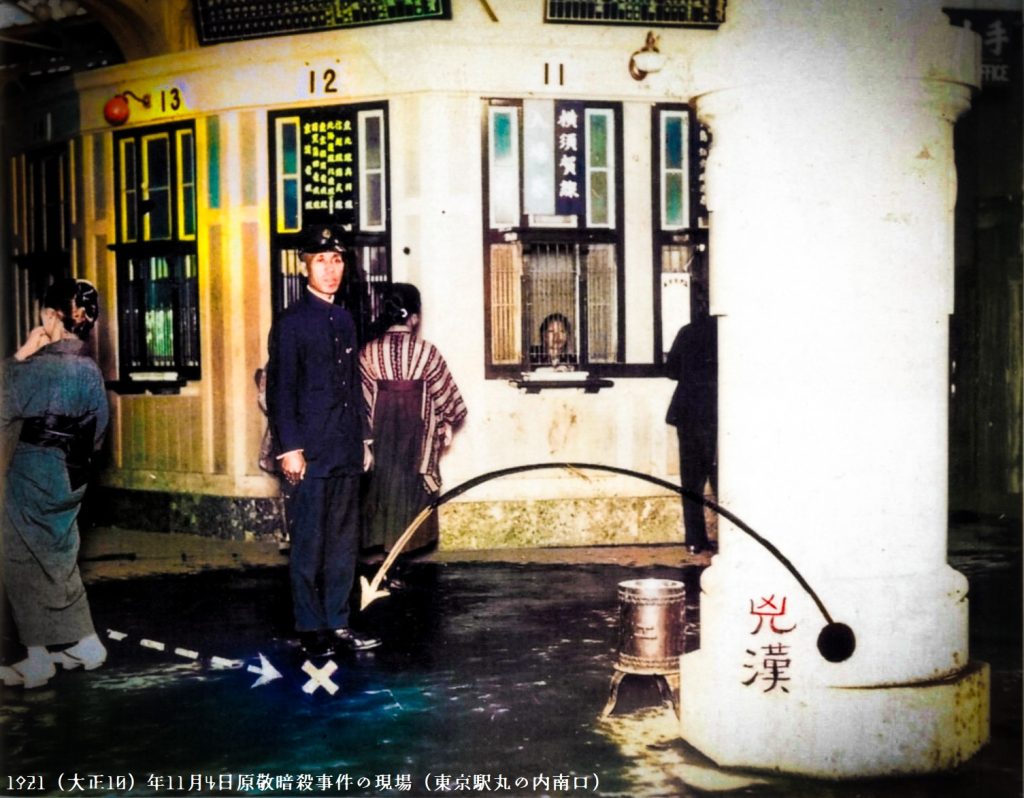
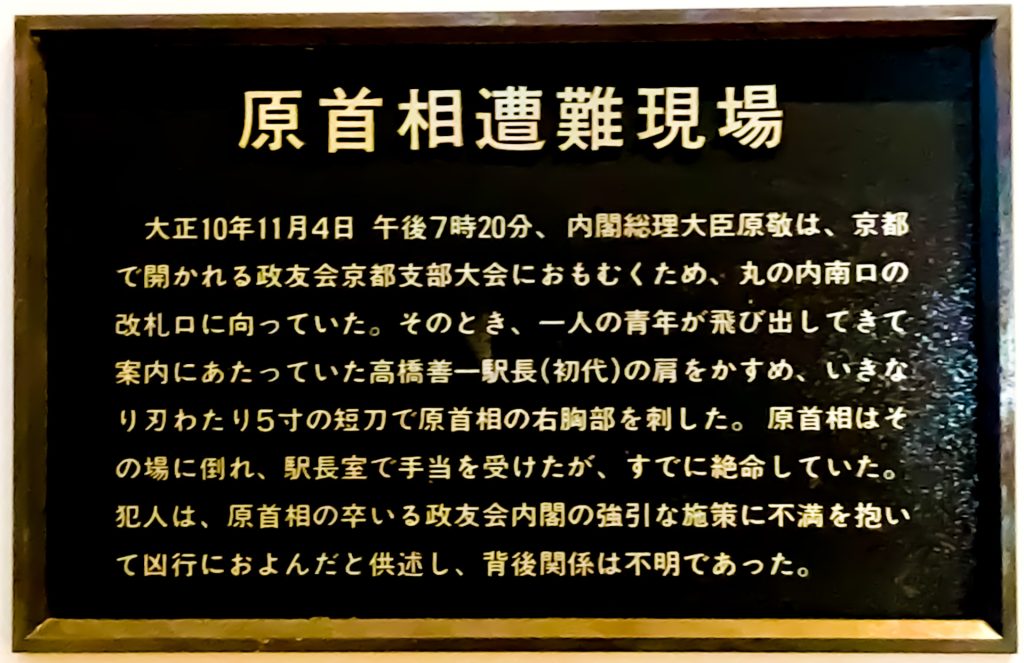

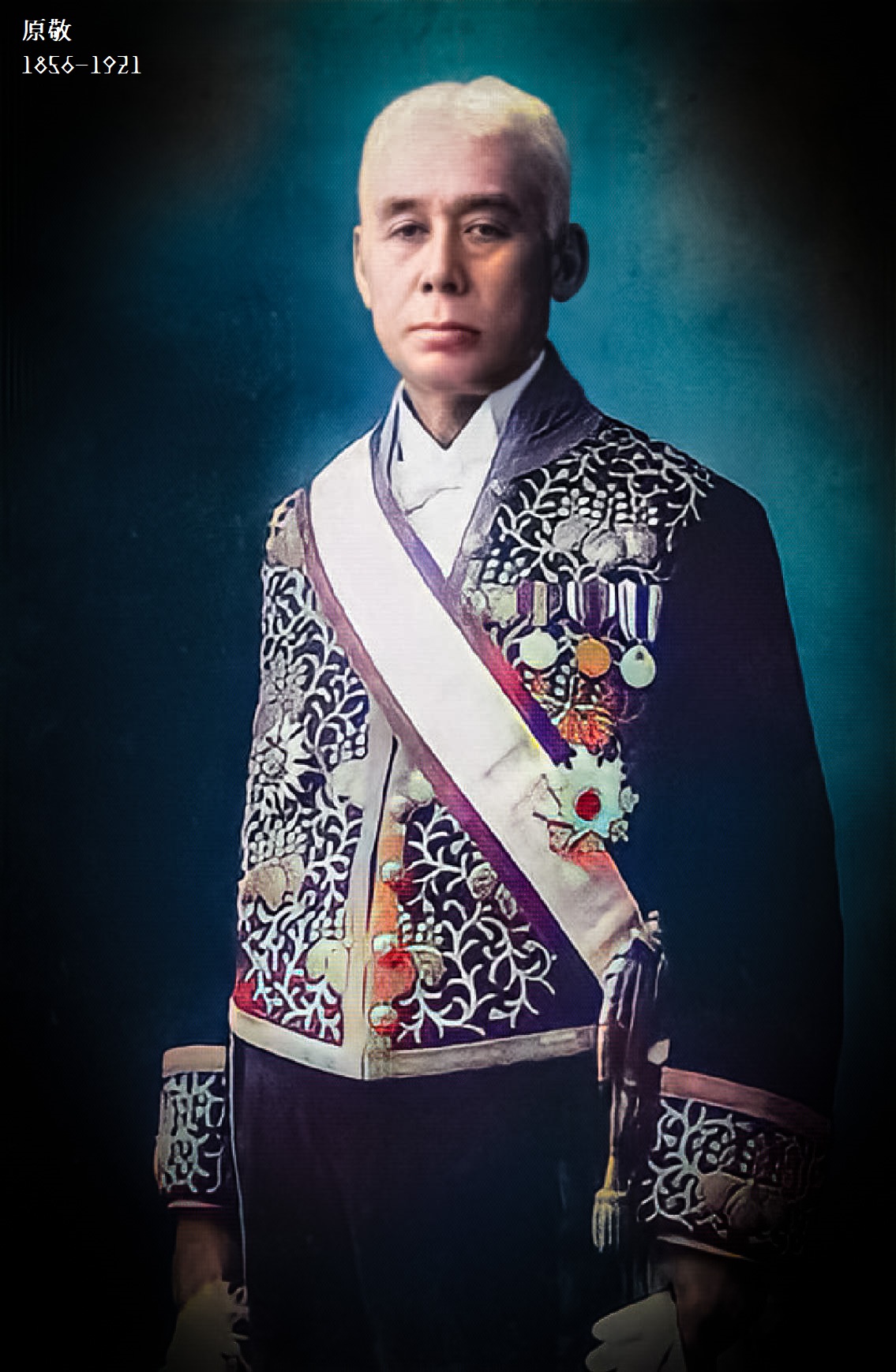


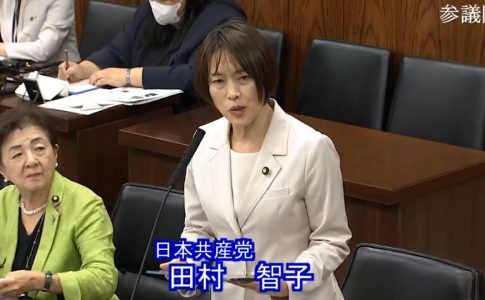
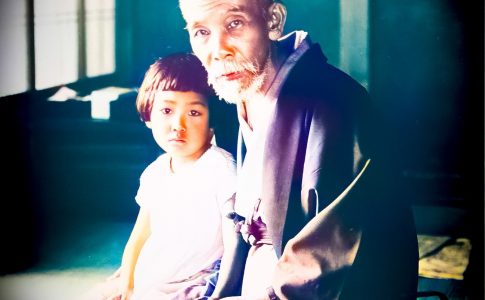
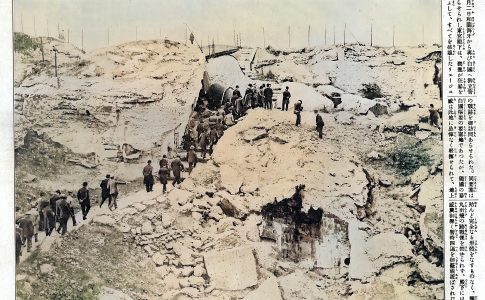
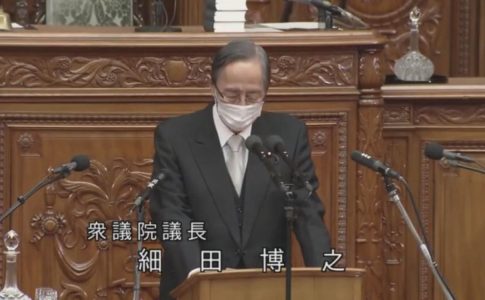
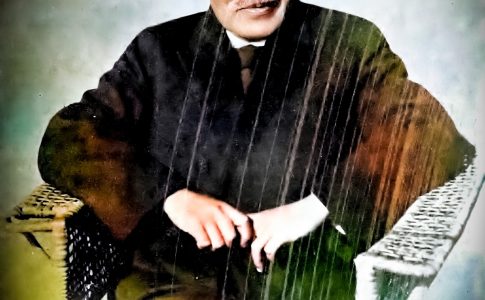
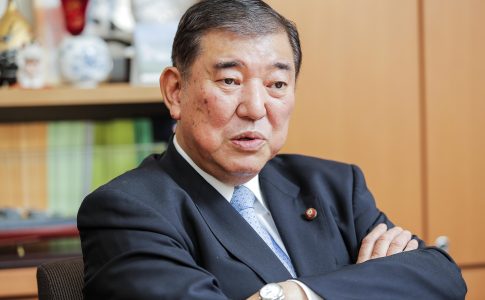
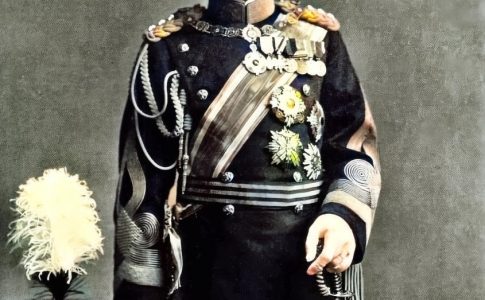
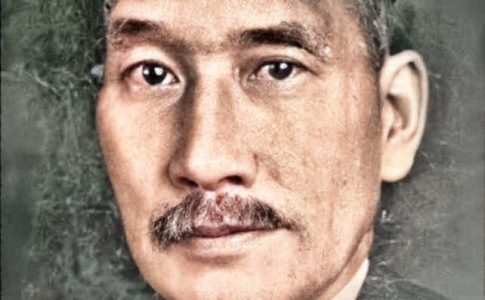
Leave a Reply